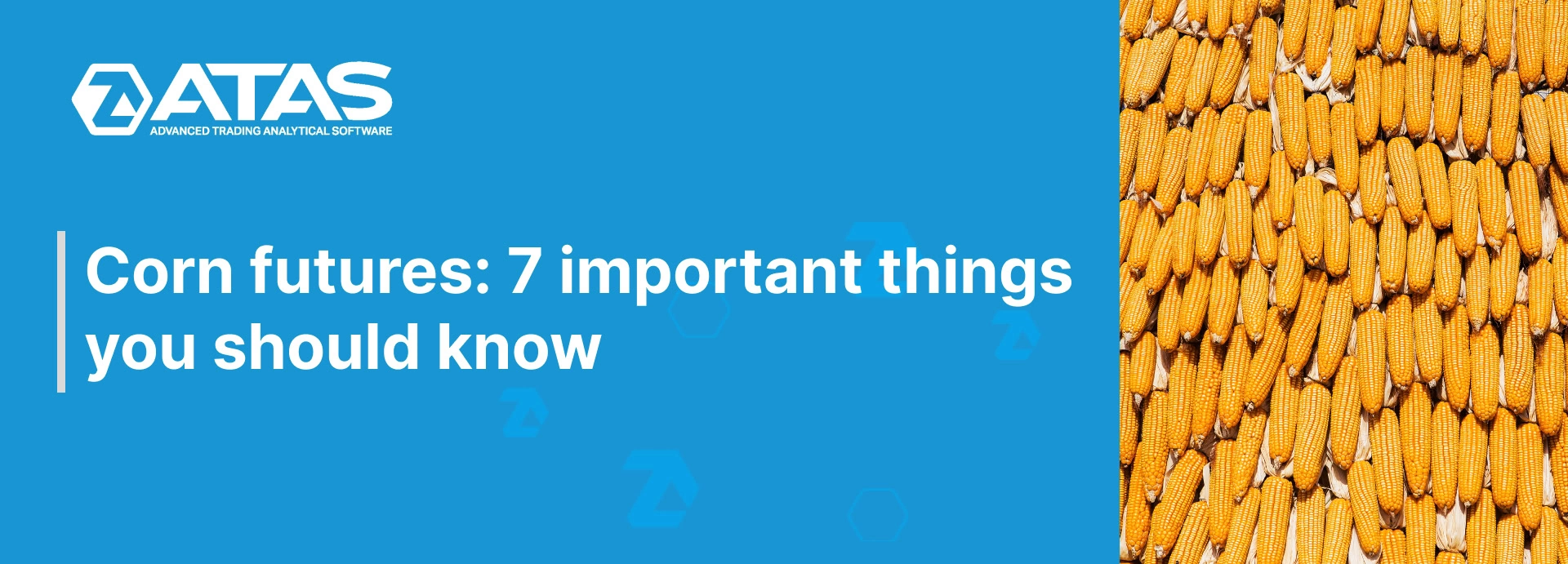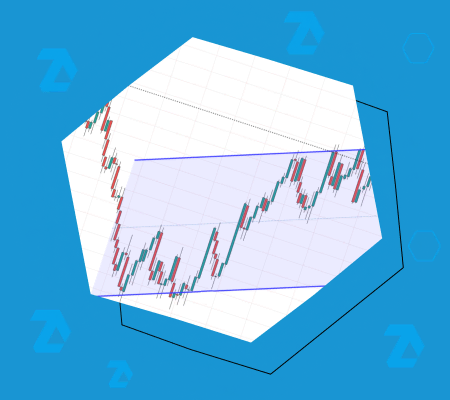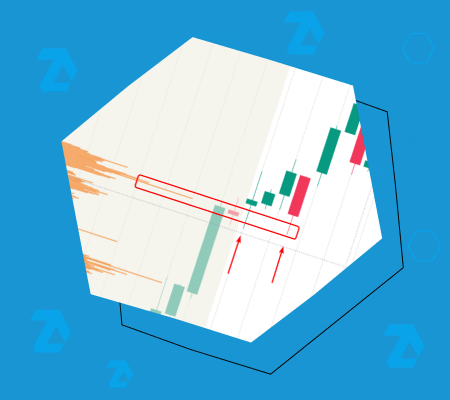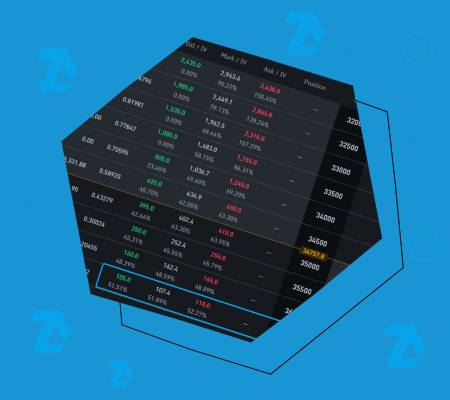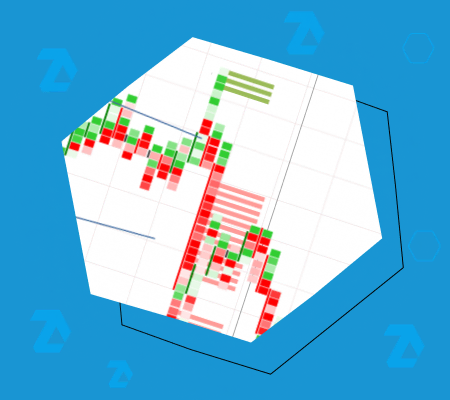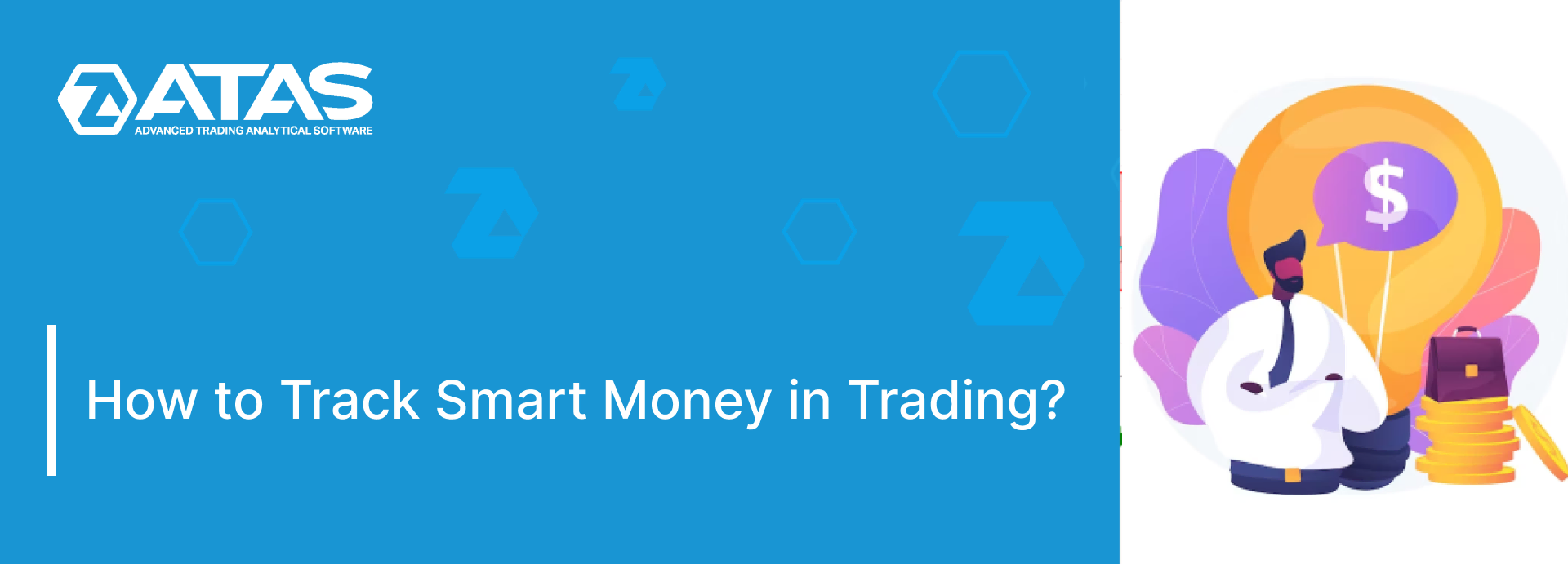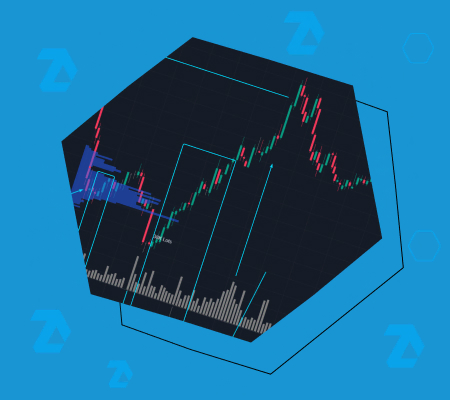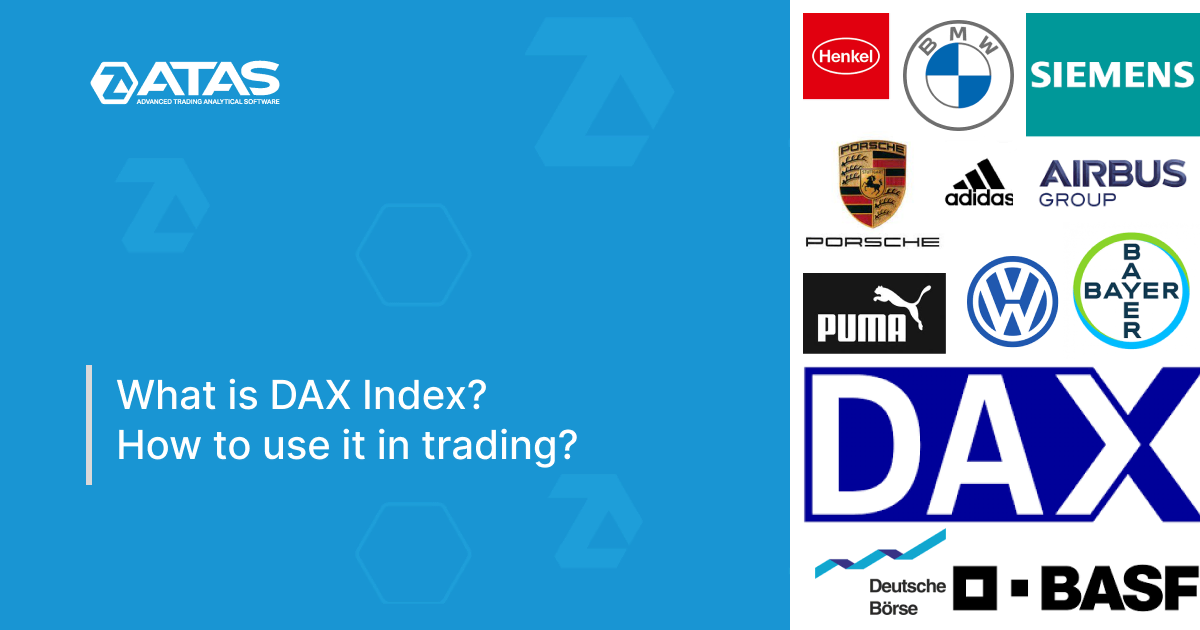7 important things about corn futures
Trading corn futures attracts many traders who are interested in the grain market. Corn futures practically do not differ from other grain futures, since the factors that influence the grain crop market in general are practically the same. However, if we look deeper, we can detect several factors, which distinguish corn futures from other agricultural trading instruments.
Corn is a crop of the American origin, which is used in various market segments. It serves as fodder for cattle, pigs and poultry, being a catalyst of price formation in the markets of cattle breeding product futures.
Corn also serves as a basis for production of ethanol as a fuel additive, which is widely used in recent times. More than 40% of the produced corn is used for ethanol production, which makes it different from other grain crops, such as, for example, wheat. Only a small share of its production volume goes for consumption by people in the form of oil, starch and sweeteners, used in the food industry for production of food products. Traders who trade corn futures need to take into account many factors. In this article, we will list 7 factors that influence the corn futures market.
Specifications of corn futures contracts
Corn futures are traded through the Chicago Board Of Trade (CBOT), which is a futures and options exchange. There are many different types of futures contracts. Below you can find a comparison of standard and mini corn futures contracts.
| Standard corn futures contract | Mini corn futures contract | |
| Ticker | ZC | XC |
| Volume of 1 contract | 5,000 bushels (about 127 tonnes) | 1,000 bushels |
| Trading period | Sunday – Friday: 19:00 – 07:45 Central Time (CT) and Monday – Friday: 08:30 – 13:30 CT | Sunday – Friday: 19:00 – 07:45 Central Time (CT) and Monday – Friday: 08:30 – 13:30 CT |
| Minimum tick | 1/4 cents per bushel | 1/8 cents per bushel |
| Tick price | USD 12.50 per contract | USD 1.25 per contract |
| List of contracts | Mar (H), May (K), Jul (N), Sep (U), and Dec (Z) | Mar (H), May (K), Jul (N), Sep (U), and Dec (Z) |
As you can see in the bar charts, an average daily volume of trading standard contracts is higher than that of mini contracts.
Seasonal trends on corn futures contracts
Corn is a seasonal product, the trading of which is less active in winter and more active in summer. The seasonal corn tendencies are based on the sowing and harvesting periods. Corn is usually sown in spring and harvested during autumn months. The period between the sowing and harvesting is one of the most volatile, since speculators start to ‘move’ prices depending on the expected factors of demand and supply.
Winter months, as a rule, are the ‘quietest’ period in the corn futures market. During this period, trading is mainly based on weekly shifts in the demand direction. In summer, traders need to focus on various aspects, which, one way or another, influence the price behaviour, such as weather, for example, which obviously may influence the harvest.
The chart above shows seasonal tendencies in the corn futures market. Price fluctuations are relatively insignificant during the first several months. Increase of volatility takes place at the beginning of April or May and, as the sowing season approaches, rises to maximum values in June and July. A serious price growth is observed during this period, after which a rollback takes place. Corn futures move in a long-term flat in August and September until the growth of volatility at the end of October and during winter months.
USDA reports and their influence on the corn futures market
The United States Department of Agriculture (USDA) periodically publishes reports. It is a serious fundamental factor, which exerts strong influence on formation of expectations of the market participants. One of such reports is the Planting Intentions Report, which is published at the end of March. This report is a seasonal market review, which contains information about what size of land areas the farmers plan to use for sowing corn.
Also, the United States Department of Agriculture publishes a consolidated report on grain crops at the beginning of January, which contains information about quantitative indicators of the previous year’s production and corn reserves in all storehouses by the end of the year. Data of the report allow assessing potential harvest volumes on the basis of the land areas allocated for sowing corn. The majority of analysts forecast the expected output on the basis of certain technical aspects of the report.
Apart from the March report, the United States Department of Agriculture publishes a weekly exports report. This report contains detailed information about the corn exports demand. A strong exports market usually facilitates the growth of the corn market. Traders that trade corn futures also need to pay attention to the corn prices in other exporting countries. Demand, as a rule, quickly falls if the corn prices in the US are insufficiently competitive.
Influence of the weather on the corn futures prices
Weather exerts serious influence on the grain futures contract prices. A climate impact on the corn fields may have both short-term and long-term effects and this, potentially, may influence the prices in the corn futures market. All traders, especially intraday ones, need to analyze the data, which come from meteocenters, before entering a position, since splashes of volatility take place when meteo reports are published. Monitor meteo reports on a permanent basis. It is not important how good your market analysis is – do not forget that the weather strongly influences the corn futures contract price.
Here you can read the second part of the article “Corn futures: 7 important things you should know. Part 2“.

